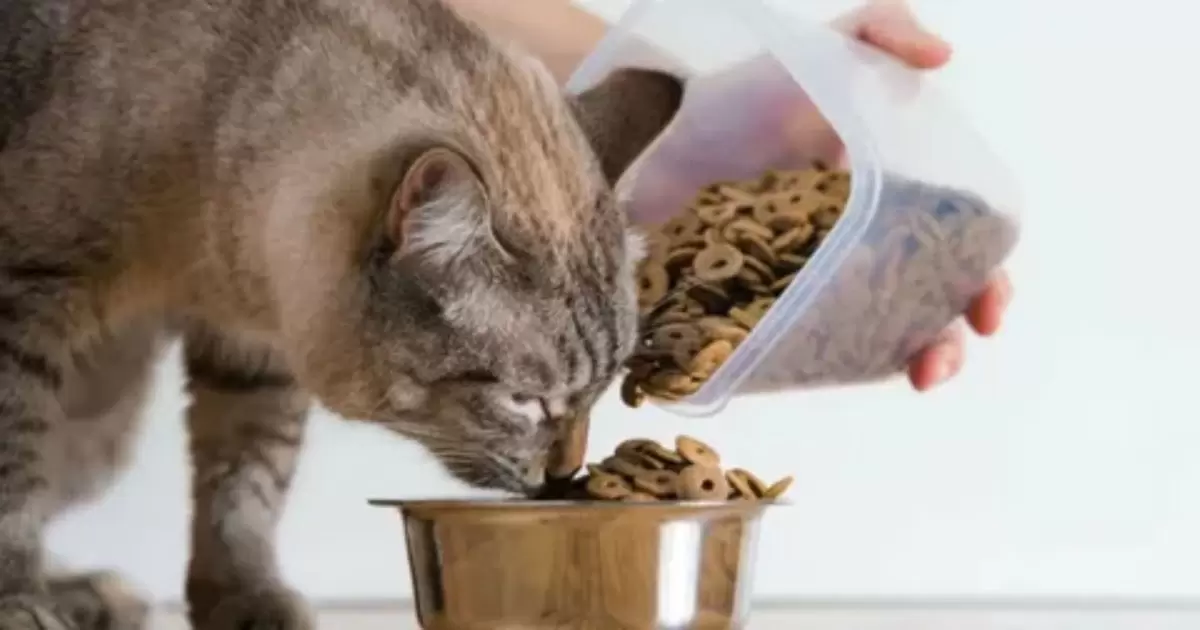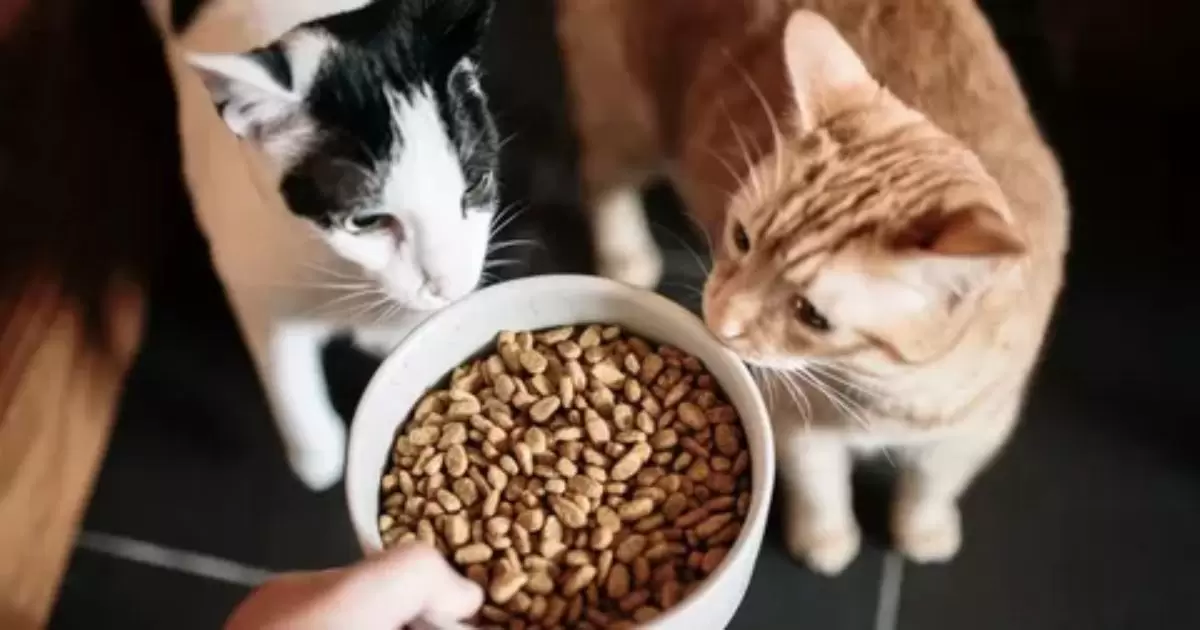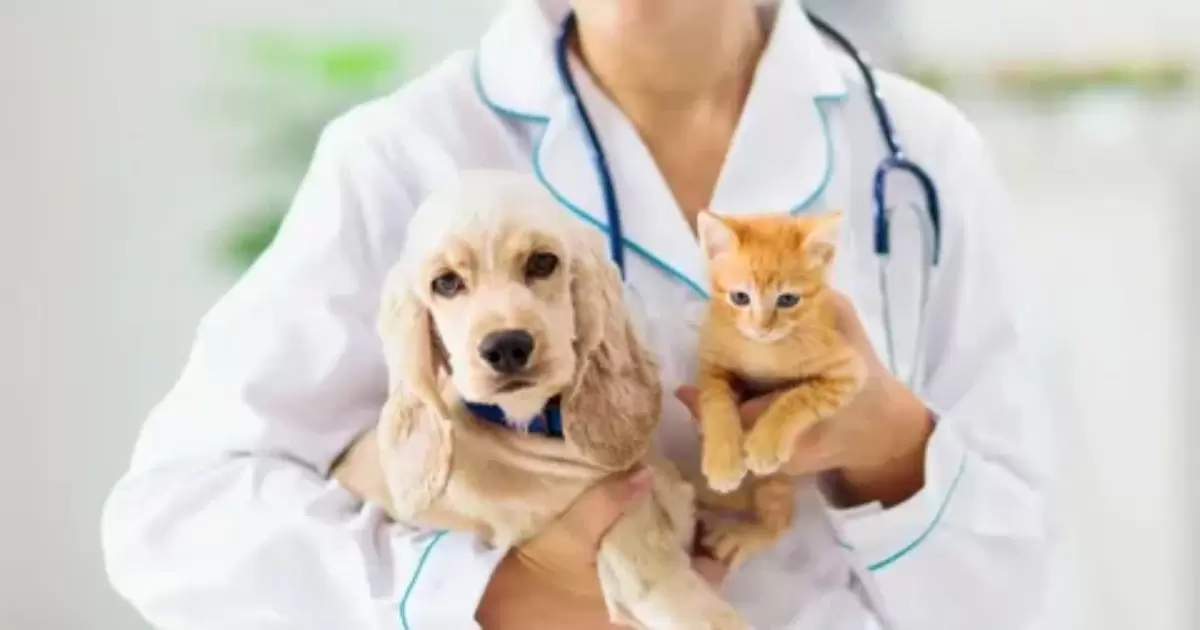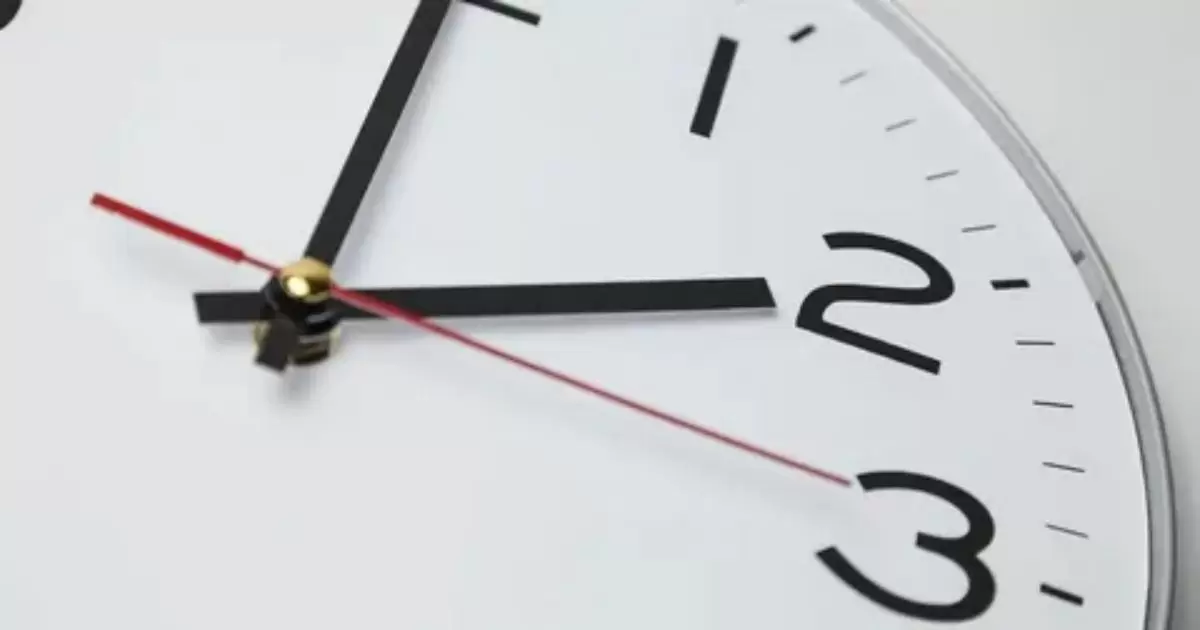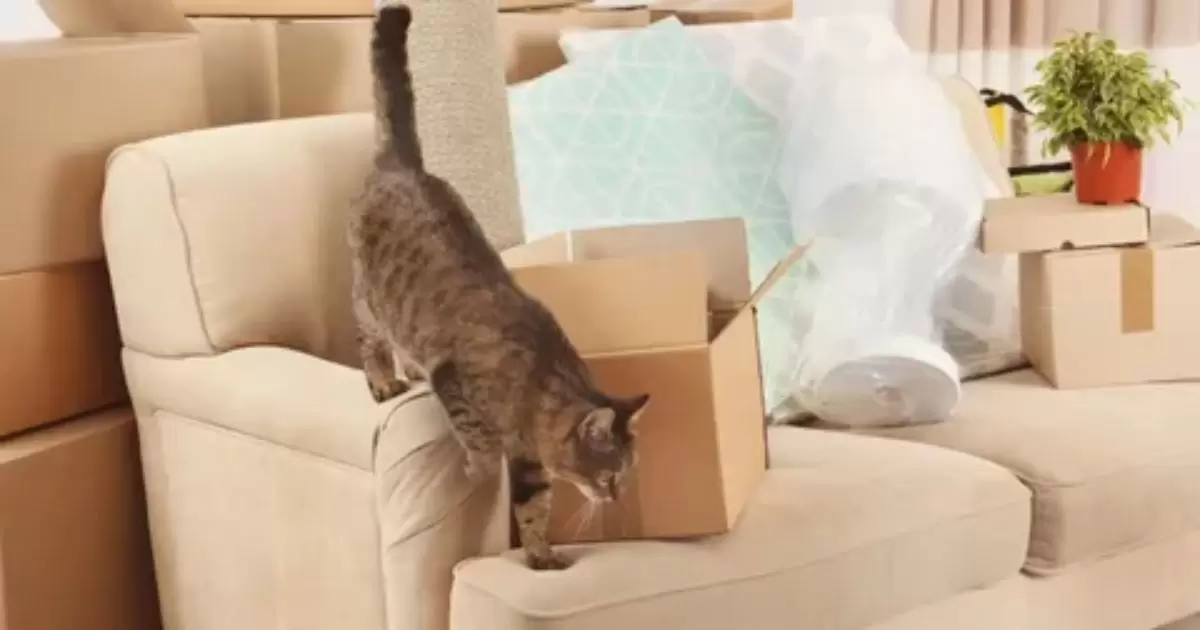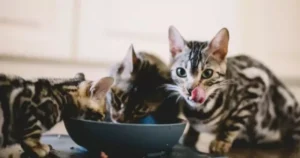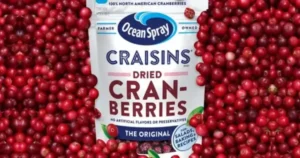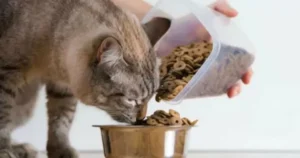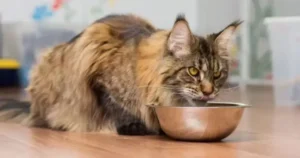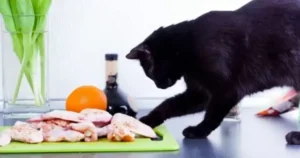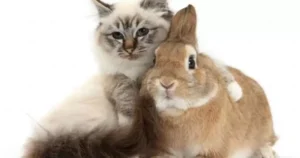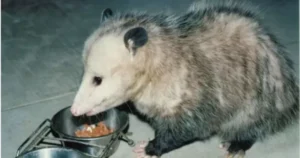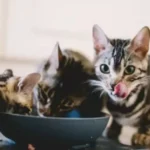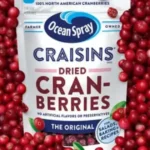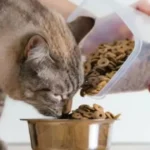Many cat proprietors are surprised if it’s possible to make nutritious cat food at domestic. Creating a balanced homemade weight loss program that gives all of the vitamins cats want can be difficult. However, with the proper ingredients and recipes, puppy proprietors can whip up healthful, cost-effective cat food their bushy buddies will enjoy.
Have you ever questioned, Can I make my own cat food? It’s a top-notch query. Making your very own cat meals can save money and let you control elements. But it desires to be nutritious and balanced. Getting recipes right takes work. Before cooking cat food yourself, research what cats need to eat healthy. Talk to your vet too. It can be done, but do it right.
It is viable to make your very own nutritious cat food at home if you use the right components and recipes. Cats require a balanced eating regimen with ok protein, fats, vitamins, and minerals to stay healthy. Consult your veterinarian first and do thorough studies to formulate recipes. Homemade food lets you control quality and contents. But getting proportions exactly right can be tricky without guidance. Some trial and error may be needed initially.
What Ingredients Are Necessary
Making your own Cat food requires the proper protein, carbohydrate, weight loss program, and mineral sources. Cats generally want immoderate protein ingredients like chookbreast, Turkey, and fish. Taurine is an amino acid essential for vision and coronary coronary coronary heart fitness. Vegetables like carrots, peas, and sweet potatoes can offer nutrients/fiber Supplements may be needed too.
Get a good cookbook for ingredients and recipes. Consult your vet if you’re not sure what nutrients in what amounts are vital. Don’t skimp or substitute ingredients that provide core nutrition without researching further. Getting this right is essential to your cat’s long-term well-being.
Finding Reliable Cat Food Recipes
When finding cat food recipes, reliable sources are critical. Veterinary organizations, accredited pet nutritionists, reputable cat food brands, and science-backed pet health websites have more trustworthy recipes. They know proper cat nutritional needs.
Get several recipes, look for consensus on ingredients/amounts, and double-check with your vet on appropriateness for your cat. Don’t trust a single blogger’s cat food recipe, as nutrient needs for different cat breeds vary. Avoid homemade supplement claims not endorsed by veterinary guidelines. Your cat’s health depends on the proper formulation.
Ensuring Proper Nutrient Balances
Cats require balanced amounts of protein, fatty acids, vitamins, and minerals for good health over a lifetime. Taurine, arginine, methionine, omega-3s, vitamins A and B are examples. Deficiencies or excesses can cause diseases.
Consulting an accredited pet nutritionist to formulate recipes and portion sizes for your cat is worth the investment. They will customize for any special health needs and ensure safety margins on nutrient amounts so you can be confident in a homemade recipe for the long run.
Vet Consultation Important First Step
| Requirements | Reasons |
| Calorie needs | Depends on age, weight, activity level |
| Protein sources | Some meats are better than others |
| Vitamins/minerals | Lack can cause deficiencies |
| Taurine | Cats can’t produce this acid |
| Digestive needs | Fiber, enzymes important |
Before making your cat food, a vet consult is vital for aspects like weight, breed, age, health issues, activity level, food sensitivities/allergies, and more that impact nutritional needs. Be guided by your vet on any concerns.
Explain what you want to achieve by making homemade cat food, like boosting quality ingredients, cutting costs, and having more control. Your vet can help spot potential pitfalls ahead of time and offer ongoing recommendations during your cat’s meal adjustments. Regular checkups allow monitoring of food effects on teeth, coat, energy levels, weight, and overall wellness.
Potential Risks of Inadequate Nutrition
If your homemade cat food lacks appropriate nutrition over time – whether insufficient protein sources or unbalanced vitamins – cats can develop deficiencies, lose muscle condition, and become more vulnerable to various diseases. Immune health can decline without the right nutrients too.
That’s why the right recipes/proportions from the start are key – and then continuously evaluating food’s effects on your cat’s visible energy, mood, weight, etc. Catch negative impacts early before malnutrition causes lasting damage. Have your vet do periodic bloodwork after homemade diet transitions to catch any inner issues brewing. Stay vigilant.
Cost Savings from Homemade Cat Food
Homemade cat food, when properly formulated and prepared efficiently, can provide notable cost savings over premium canned/kibble options while boosting quality. Various protein ingredients, produce, and supplements purchased in bulk combined with investments of your time/effort in preparing homemade recipes do add up over months of feline feeding.
Track costs in a spreadsheet as you test recipes – ingredient costs, kitchen tools, storage containers, energy usage – and compare it objectively to your current brand spending. Factor your own labor time too. Are sufficient savings there once half a year or more of homemade cat food piles up? The numbers will tell the real story.
Time Commitment For Preparation
Preparing fresh homemade cat food does demand dedicated weekly time in shopping, prepping ingredients like cooking meats and produce for recipes, weighing/mixing everything precisely per batch, and then packing daily portions into sealed containers for the fridge or freezer. It may take a few hours or more depending on recipes and methods.
Streamline this process as much as possible – do prep assembly line style, invest in electric choppers/grinders, make big batches, and freeze surplus using ice cube trays for future thawing. Set reminders to use ingredients while fresh. Find shortcuts that make continuing feasible within realistic time commitments. Enlist family help too.
Storing Homemade Cat Food Properly
As homemade cat food contains fresh meat, fish, produce, and other ingredients, take care to store it safely – clearly label containers with dates/contents and keep refrigerated for under 3 days, or freeze in daily serving sizes lasting up to 3 months.
Thaw frozen batches as needed in the refrigerator, not left out where bacteria can multiply on thawing meat juices and make your cat sick. When reheating servings, bring just to warm with close monitoring – overheating can degrade sensitive ingredients like taurine. Keep appliance surfaces, utensils, counters, cutting boards disinfected and feline feeding areas clean.
Transitioning Your Cat Slowly
When shifting your cat from commercial to homemade food, mix a little new with old at first, adjusting proportions gradually over 2-3 weeks. This allows their digestive system to adapt and continue processing food well for nutrition. Fast switches can upset your cat’s stomach.
Notice any changes once they reach a full homemade diet for energy fluctuations, changes in stool/urine, and variations in water intake that may signal an issue. Weigh regularly – weight loss may indicate inadequate nutrition/calories. If concerning symptoms appear, report promptly to your vet and consider diet adjustments your cat may need for homemade to succeed long-term. Go slow.
Evaluating Your Cat’s Health Response
Keep a close eye on your cat’s reaction when starting homemade cat food – is their coat shiny, do they purr contently at mealtimes, does litterbox output seem normal, are activity levels good, do they hold a healthy weight? Any negative impacts warrant vet exams and diet changes – lethargy, upset stomachs, poor coat texture, and weight issues all can result from inadequate nutrition in homemade recipes.
But homemade success stories do abound! Note brighter eyes, reduction in vomiting/hairballs, decreased allergy symptoms, better dental health, and more restful sleep. Many cats seem to benefit from Eat Kitten Food when it is prepared properly with balanced recipes. Keep records of what homemade recipes/ingredients/portions yield the best visible wellness for your unique cat. Share this openly with your veterinarian and keep tweaking as needed if homemade cat food is right for your furry companion.
FAQs:
Is it safe to make my very own cat meals?
Yes, with the right substances and instruction, you may make nutritious and safe cat meals at home.
What elements do I need to make cat meals?
You’ll want a protein supply like fowl, fish, or egg, a carbohydrate like rice or potato, veggies, dietary supplements, and wholesome oils.
How do I prepare homemade cat food well?
Making cat meals calls for cooking then freezing meals in quantities, by no means leaving meals unrefrigerated over 2 hours, monitoring meals’s pH, and understanding your cat’s desires.
Is self-made less expensive than save-offered cat food?
Homemade cat meals can fee less since you control the elements, but it calls for more time and care for the duration of instruction and storage.
What nutrients does my cat want from self-made food?
Cats need the right stability of proteins, fats, nutrients, and minerals consult your vet to formulate recipes or balance self-made food.
Conclusion:
Can I Make My Own Cat Food is a question many fee-aware cat proprietors ask themselves. When executed successfully, homemade meals can be nutritious and less costly. However, dietary requirements for felines are complex, and the ingredients and cooking methods require research. If owners lack the necessary time and commitment to formulate properly balanced recipes, commercial cat food is more advisable.
In the end, Can I Make My Cat Food is a choice each guardian must weigh carefully. Home cooking takes effort but saves money. Commercial cat food takes less work but incurs more expense. Only by objectively assessing nutritional needs, budget constraints, and personal bandwidth can cat parents decide what feeding option makes the best sense for their household.
